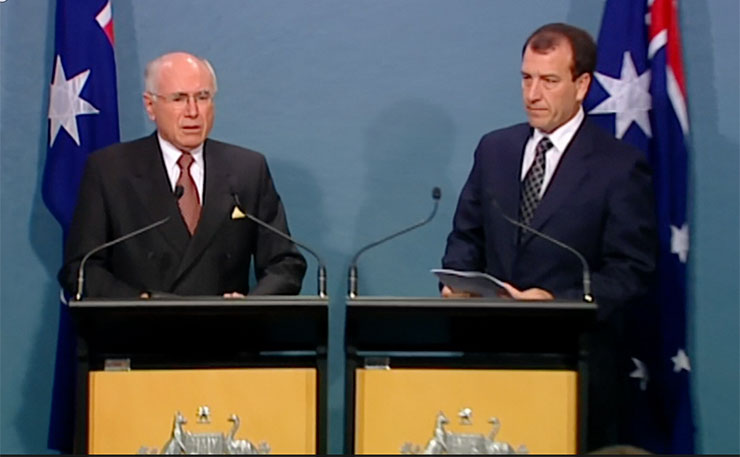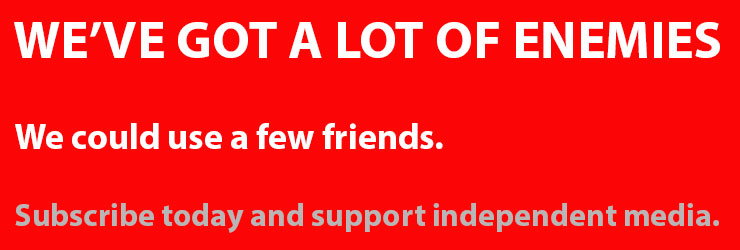Michael Brull has written extensively on the Northern Territory intervention. A decade after it was launched, it’s time for another look.
On June 21, 2007, the Intervention in the Northern Territory was launched by the government of John Howard. 10 years on, I think it is important to re-establish a few points about it.
Firstly, the pretexts on which it was launched were all demonstrably fraudulent. Secondly, the grounds on which it was justified are also all demonstrably false.
The fraud of the Intervention’s pretexts
My boss, New Matilda owner Chris Graham has demonstrated at length one part of the Intervention fraud. To simplify and summarise, the Indigenous Affairs Minister at the time, Mal Brough, claimed that there were paedophile rings in all Aboriginal communities in the Northern Territory.
He started receiving criticism in the media for his unsubstantiated claim. Then he received stunning vindication from the ABC, when it aired explosive allegations by a youth worker, who claimed that all of Brough’s lurid claims were true.
There was a paedophile ring in an Aboriginal community in the Northern Territory, where Aboriginal children were traded as sex slaves, the youth worker claimed.
But the youth worker, as it happens, wasn’t a youth worker. He worked for Brough, and had a history of making things up about life in Mutitjulu. For example, he claimed to have lived there for nine months. In fact, he had never lived there at all.
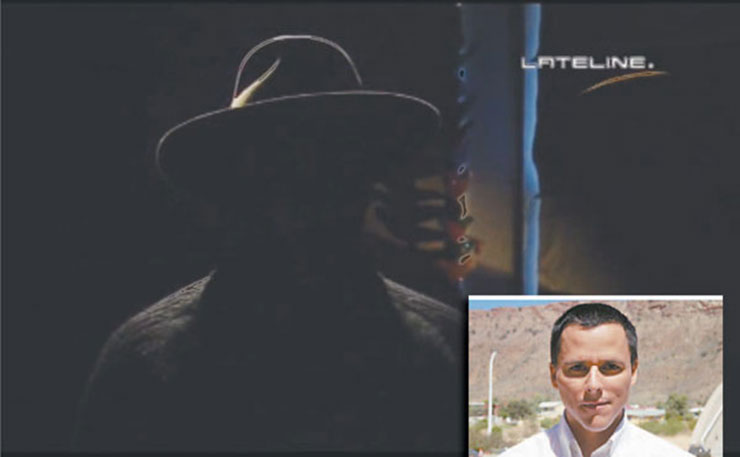
The Australian Crime Commission was given extraordinarily powers to investigate the alleged paedophile rings. Despite spending 18 months and millions of dollars, the ACC eventually concluded that there was “not organised paedophilia in Indigenous communities”. Not that there was no evidence of these claims – that these claims were actually false.
But that came 18 months later. When the Intervention was launched, public opinion was primed to support the measures in question. They had heard gratuitous smears of Aboriginal communities from the high-brow liberals at ABC, which quickly spread across the mainstream political and media spectrum.
The ABC story was followed by an investigation into sexual abuse of Aboriginal children in the NT. Though its investigations were launched on a fraudulent pretext, the report itself, “Little Children are Sacred”, was excellent. Pat Anderson and Rex Wild dealt with the issue of sexual assault in Aboriginal communities seriously and respectfully. They were
“impressed with the willingness of people to discuss the issue of child sexual abuse, even though it was acknowledged as a difficult subject to talk about. At many meetings, both men and women expressed a desire to continue discussions about this issue and what they could do in their community about it. It was a frequent comment that up until now, nobody had come to sit down and talk with them about these types of issues. It would seem both timely and appropriate to build on this good will, enthusiasm and energy by a continued engagement in dialogue and assisting communities to develop their own child safety and protection plans.”
Aside from the commitment of Aboriginal communities to addressing sexual abuse, there was a lot of resentment at media stigmatisation of their communities. Wild and Anderson expressed concern that “Aboriginal men have been targeted as if they were the only perpetrators of child sexual abuse in communities. This is inaccurate and has resulted in unfair shaming, and consequent further disempowerment, of Aboriginal men as a whole.”
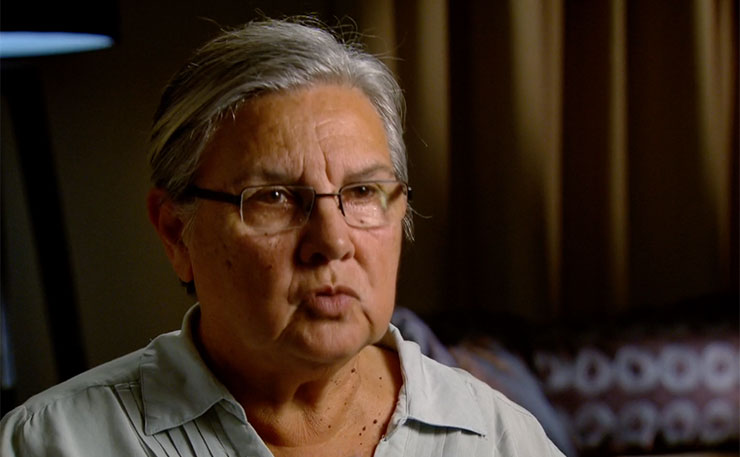
They observed that “While the Inquiry found no evidence of any ‘paedophile rings’ operating in the Northern Territory, there was enough evidence to conclude that a number of individual non-Aboriginal ‘paedophiles’ had been infiltrating Aboriginal communities and offending against children.”
The closest the report came to vindicating Brough’s claims of paedophile rings was this passage:
“A number of reliable people in one community alleged that a rampant informal sex trade existed between Aboriginal girls aged between 12-15 years, and the non-Aboriginal workers of a mining company. It was alleged that the girls were provided with alcohol, cash and other goods in exchange for sex. It was further alleged that the girls would actively approach the workers and, at times, would climb over the fence into their residential compound.”
However, the predators here were non-Aboriginal men, connected to powerful mining interests. This type of paedophile ring evidently didn’t interest the politicians and media, who had worked themselves into a frenzy at the thought of Aboriginal predators. When the Intervention was launched, on the pretext of this report, no attempt was made to target the non-Aboriginal men in question, let alone their communities. Instead, 73 Aboriginal communities were “prescribed”, and specifically denied various rights that everyone else in Australia had access to.
By itself, this demonstrates another layer of fraud to the Intervention. But let us return to the report that was used to justify the Intervention.
Little Children Are Sacred noted that it didn’t break any new ground. There were lots of similar reports conducted in states across Australia, with similar findings. They wrote:
“we quickly became aware – as all the inquiries before us and the experts in the field already knew – that the incidence of child sexual abuse, whether in Aboriginal or so-called mainstream communities, is often directly related to other breakdowns in society. Put simply, the cumulative effects of poor health, alcohol, drug abuse, gambling, pornography, unemployment, poor education and housing and general disempowerment lead inexorably to family and other violence and then on to sexual abuse of men and women and, finally, of children.”
Given that it’s all obvious, what’s the point of another report, they asked. Well, the authors replied:
“but what has been done? We know the problems, we know how to fix many of them and the likely monetary cost…. We have an enormous amount of knowledge in this country….The money is available. The Australian Government budget surplus last year was billions and billions of dollars. What has been lacking is the political will.”
And what would the solution look like? Above all, “in a word, empowerment!” They wrote that “The thrust of our recommendations… is for there to be consultation with, and ownership by the communities, of those solutions.” The word consult and variations of it occur dozens of times throughout the report. From the very beginning, the first recommendation begins with a long anecdote to stress the “critical importance” of consultation. Aboriginal people are to be involved at every step of the process, and to design and help implement every initiative, because otherwise they won’t work.
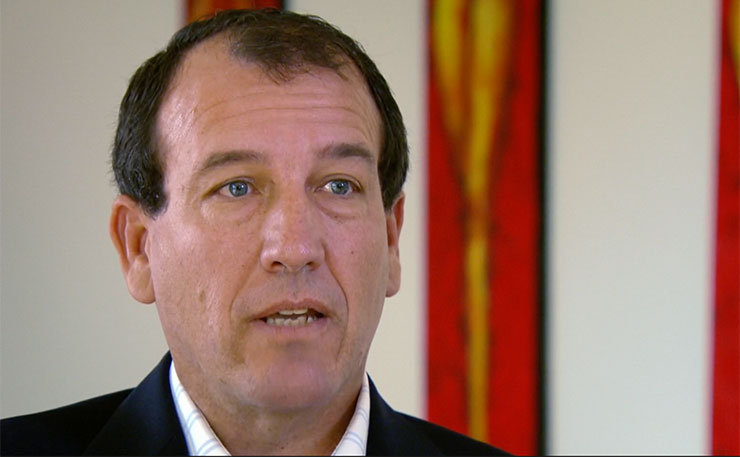
With empowerment and investment in Aboriginal initiatives, change could come. There wouldn’t be simple fixes. Their “conservative estimate is that it will take at least 15 years (equivalent to an Aboriginal generation) to make some inroads into the crisis and then hopefully move on from there.” Instead of 15 years of making inroads, the Coalition and Labor have legislated for 15 years of the Intervention. It is hard to overstate the divergence between what could have been done, with what was done. Especially given that the Intervention was supposedly based on this very report.
In the words of Pat Anderson, “There is no relationship between the Federal response and our recommendations. We feel betrayed and disappointed and hurt and angry and pretty pissed off at the same time.”
Rex Wild went on to explain their central grievance:
“The first recommendation… was absolutely clear: no solution should be imposed from above. We regarded it as critically important that governments commit to genuine consultation with Aboriginal people in designing initiatives for their communities. That recommendation was in line with the findings of every other study prior to ours… When the Prime Minister and his Indigenous Affairs Minister initially announced their emergency response, which included the imminent mobilisation of the military, they had not consulted with, as we understand it, the NT Government, and certainly not with the authors of the report.”
The first government review
The Intervention meant the imposition of a series of punitive measures against 73 Aboriginal communities in the NT. This meant that the government sent in the army, imposed welfare quarantining, and put up signs announcing that pornography and alcohol were banned in those communities.
When Labor took over government in 2007, they launched a review of the Intervention. Though the review panel was handpicked by the new Indigenous Affairs Minister, Jenny Macklin, it proved too brutally critical of the Intervention. A draft of the final report was leaked to the Australian, demonstrating that the final version, which was published, was a significantly watered down version of what the original panel had written.
The report observed that the impact of the Intervention was like “an experience of violence itself”, stressing that “the way forward must be based on a fresh relationship”.
It found that the Intervention was a “complete failure” in engaging Aboriginal people. Criticisms by other people were removed, such as the observation that it was a “disgracefully insensitive approach to the social problem of child sexual abuse – a problem present in all layers of Australian society”.
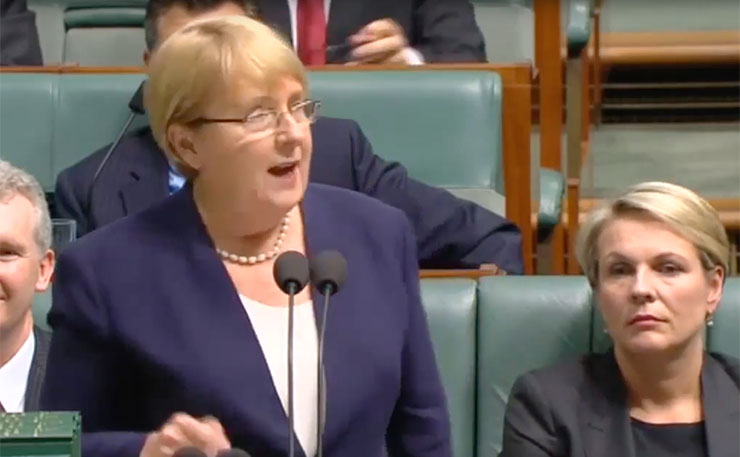
The draft report reflected Aboriginal pain at the Intervention, and the “deep emotional and psychological impacts of the Northern Territory Emergency Response (NTER). The long-term effects of such impacts can be as potentially damaging as the experience of violence itself”. It observed that “the negative impacts of the NTER actually further damaged the health and wellbeing of Aboriginal communities”. And “In every community there is a deep belief that the measures introduced by the Australian Government under the NTER were a collective imposition based on race that no government would ever direct at any other group of Australians”.
The sanitised version of the report left out all of those criticisms. It called for the NTER to continue, unlike the original draft. This is characteristic of the kind of basis on which the Intervention was justified.
At this point, there were people who still defended the Intervention, because of how concerned they were for Aboriginal socio-economic disadvantage in the NT. The non-existent paedophile rings disappeared from public discussion, without affecting public policy, or giving Intervention supporters any second thoughts.
Imaginary improvement in socio-economic conditions
In 2011, the Government launched a new report on the Intervention, called the Evaluation. The government claimed that this vindicated their policies. Its central proof was that people employed under positions created under the Intervention claimed in surveys that the Intervention was having a positive effect on socio-economic conditions.
Otherwise, there was little else to point to in its favour.
The new report conceded the point that the implementation of the Intervention had been hurtful. For example, it noted that “communities felt humiliated and shamed by the imposition of measures that marked them out as less worthy of the legislative protections afforded other Australians”. This became a safe concession under the new Labor government. However, the Evaluation buried other revelations in unexplained data.
For example, the Intervention involved banning alcohol, and increased policing of Aboriginal people. When the Intervention began, the government spent $8 million on alcohol and drug treatment and rehabilitation services. The following year, the “outreach program shrank considerably with a reduction in funding in 2008–09”, to a mere $2.76 million.

From 2009-12, the budget allocated is $7.8 million: $2.6 million a year. That is, despite the government’s professed concern, it twice cut the budget for alcohol and drug treatment and rehabilitation services.
Compare those sums to income management. Under this scheme, half of a person’s income support could only be spent on certain goods, typically through use of a Basics Card. Up to 2014-15, it cost about a billion dollars, averaging over $100 million each year.
An exhaustive study by sociologist Eva Cox demonstrated that there is zero evidence to suggest the policy has had any beneficial effects. In 2015, the government allocated $147 million to expanding it even further. Cox observed that an evaluation funded by the government to assess NT income management found no evidence that it was helping anyone.
Then there is the case of the emergency housing program. The Centre for Aboriginal Economic Policy Research found that there were 9.4 people per household in 2007-8. The Evaluation noted that, if major repairs and replacements were performed on dwellings that needed them, the government would need to build 7,827 additional houses. This roughly aligned with the Little Children are Sacred report, which called for 400 houses to be built every year for 20 years.
The Intervention set aside almost $700 million for its housing program. For the first two years, the government built just two houses, and somehow spent over $200 million doing so.
In 2009, it adjusted its housing targets, and Prime Minister Kevin Rudd bragged that the government was now “on target” to meet its new goals. The goal was now to build 750 new houses, which would achieve the less impressive goal of reducing the occupancy rate per dwelling from 9.4 people per household, to 9.3.
The Prime Minister bragged that his government was on target to reduce overcrowding in the NT by a tenth of a person per home.
Virtually no one in the media noticed.
The message loud and clear from Aboriginal people is that they want this
It is hard to briefly document the litany of failures and stagnating socio-economic conditions, despite the expenditure of over a billion dollars on the Intervention. Yet eventually, the government moved from the realm of socio-economic disadvantage, to the realm of consultations. Indigenous Affairs Minister Jenny Macklin began a series of fraudulent consultations, which supposedly showed Aboriginal people – particularly women and children – loved and benefited from the Intervention, and on this basis, she extended it under the Stronger Futures legislation.
Jumbunna Indigenous House of Learning produced two enormous reports showing that the consultations did not measure up under the standards of international law. Previously, Jumbunna researcher Paddy Gibson wrote a 50 page report, documenting Aboriginal people expressing their traumatic experiences of life under the Intervention. Ultimately, the fact that most Aboriginal people hated the Intervention was conceded by a Coalition Senator called Nigel Scullion.
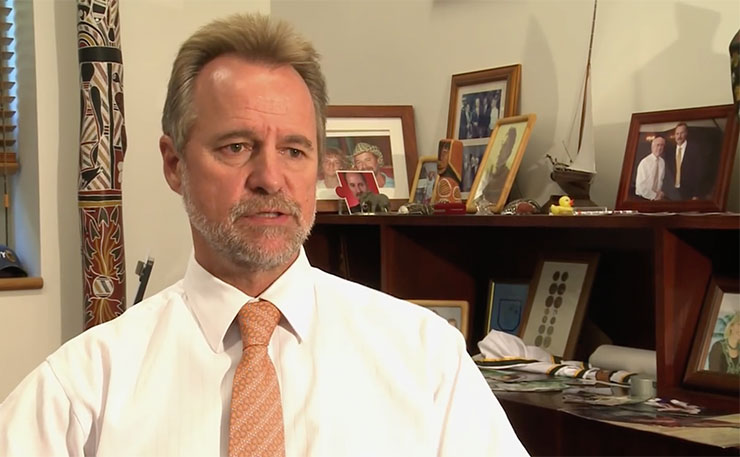
Scullion attended consultations that preceded the new legislation. At one of the open meetings, he made the following comment:
“There is a fundamental thread through most of the feedback we get when we talk about consultation. When we get to most communities any observer would say that Aboriginal people more generally hate the intervention. They do not like it, it invades their rights and they feel discriminated against.”
Let me underline that. When Scullion went to meetings with Aboriginal communities, he said it was clear that they hated the Intervention. Macklin claimed that her consultations with the same communities convinced her that they wanted her to expand the Intervention for 10 more years. In a typical public statement, Macklin said: “Well the message loud and clear from Aboriginal people, from parents and grandparents is that they want this.”
Senator Scullion showed similar regard to the Aboriginal people he supposedly went to the NT to listen to, as he went on to vote for Macklin’s legislation. Scullion became the Indigenous Affairs Minister in 2013. Under his new leadership, the Intervention continued. He later distinguished himself by observing that the abuses at Don Dale hadn’t “piqued” his interest.
From applause to silence: the missing public debate
Let me review. In 2007, the ABC broadcast fraudulent claims of paedophile rings in Aboriginal communities in the NT. These claims were used to support the launch of an inquiry into child sexual abuse, and later to justify the Intervention itself. These claims were false.
The inquiry into child sexual abuse in Aboriginal communities was used to justify the Intervention. There was no connection between the recommendations in the report, and the Intervention. These claims were false.
The Intervention under Labor was supposedly supported by Aboriginal communities, who wanted it to be extended for 10 years under the Stronger Futures legislation. These claims were false.
The Intervention was supposed to redress socio-economic disadvantage of Aboriginal communities in the NT, along with issues such as sexual assault, alcohol abuse, and so on. There is no evidence it achieved these goals, and even the government rarely makes this case anymore.
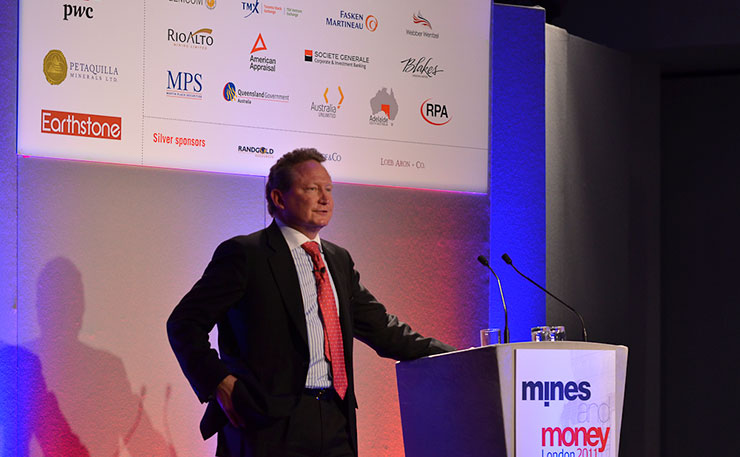
Yet the Intervention continues, and income management is being expanded across Australia. Billionaire mining magnate Andrew Forrest is pushing the Liberals to expand it to more sites across Australia.
When the Intervention was launched, it was supported by both major political parties. From ABC to the Murdoch press, the media and political spectrum overwhelmingly embraced it. As each pretext for the Intervention fell away, the original cheerleading for the government agenda became an indifferent silence.
In 2011, the Australian Indigenous Doctors’ Association and the Centre for Health Equity Training, Research and Evaluation released a Health Impact Assessment of the Northern Territory Emergency Response. It found that “The ways in which the NTER [the Intervention]was introduced and is being implemented are likely to contribute to the high burden of trauma and disease already carried by Aboriginal people across generations.” It warned that the government “overlooked the centrality of human dignity to health… It is predicted that it will leave a negative legacy on the psychological and social wellbeing, on the spirituality and cultural integrity of the prescribed communities… it is essential to find ways to work together as equals.”
That shouldn’t have been controversial. But it was, and is. 10 years ago, there was no evidence that the Intervention would help Aboriginal people. But it received widespread support, despite its overtly discriminatory nature. 10 years later, there is considerable evidence that all of its rationales are false. Its measures involve wasting vast sums of money which stigmatise and disempower Aboriginal people, and will harm Aboriginal health in the long run.
Yet supporters of the Intervention are mostly silent. None have ever been held to account for the punitive measures they supported.
Meanwhile, the recommendations of the Little Children are Sacred report remain ignored. Like so many reports before it, it made recommendations stressing that for measures to work, they had to be based in meaningful consultations, with Aboriginal people involved at every step of designing and implementing programs.
If those recommendations had been followed, considerable progress could have been made in Aboriginal communities. If those recommendations are followed, considerable progress can be made.
As the Australian Indigenous Doctors Association said, it is essential to find ways to work together as equals. 10 years later, yet another Federal Government has made clear that that is not on the cards.
10 years ago, there was virtually no controversy over punitive measures of racial discrimination. 10 years later, there is still virtually no public debate over those measures.
Donate To New Matilda
New Matilda is a small, independent media outlet. We survive through reader contributions, and never losing a lawsuit. If you got something from this article, giving something back helps us to continue speaking truth to power. Every little bit counts.

